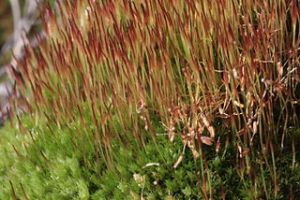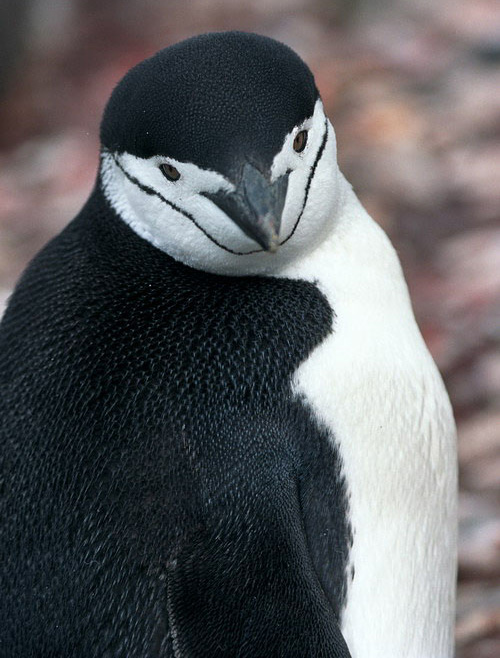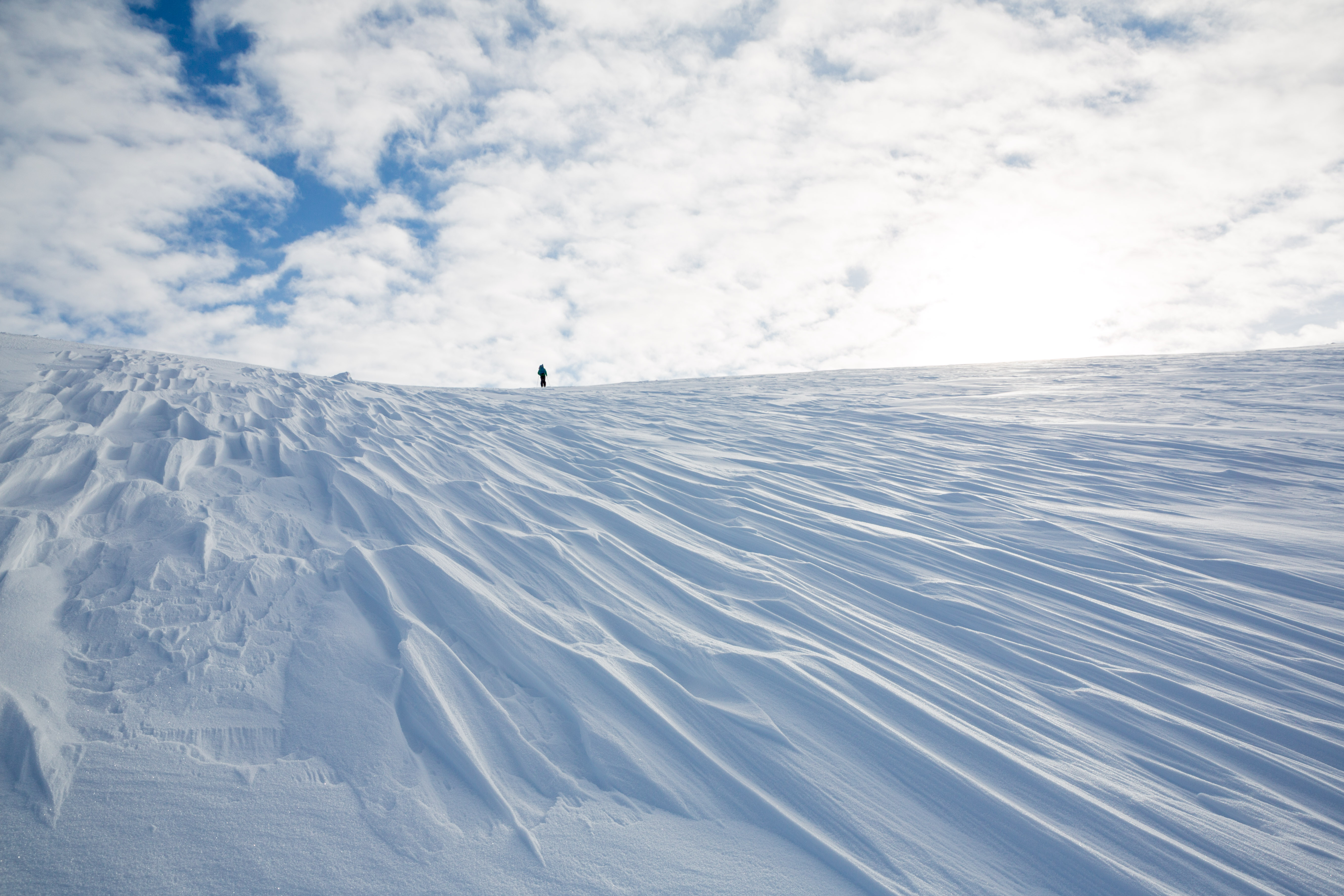 From the the January issue of Global Change Biology comes this story about the dominant plant species in Antarctica–moss. There aren’t many warm spots on the continent, but in a few coastal “oases” beds of moss grow during the short ice free summers. The dominant species is Ceratodon purpureus, and it is fed by melt water from streams and lakes.
From the the January issue of Global Change Biology comes this story about the dominant plant species in Antarctica–moss. There aren’t many warm spots on the continent, but in a few coastal “oases” beds of moss grow during the short ice free summers. The dominant species is Ceratodon purpureus, and it is fed by melt water from streams and lakes. These mosses are very slow growing and until recently it has been difficult to measure their yearly increase. By using concentrations of radiocarbon left over from nuclear weapons testing from the 50’s and 60’s scientists have been able to “date” the mosses in much the same way as dendrologists use growth rings to date trees. They found that most of the mosses had been growing fifty years ago when the testing was at its peak. Surprisingly, some of the mosses were estimated to be over 100 years old because the concentration of radiocarbon markers were just 15mm from the top of a 50 mm shoot. So these mosses would have been around when Scott, Mawson and Amundsen were engaging in their heroic exploits.
These mosses are very slow growing and until recently it has been difficult to measure their yearly increase. By using concentrations of radiocarbon left over from nuclear weapons testing from the 50’s and 60’s scientists have been able to “date” the mosses in much the same way as dendrologists use growth rings to date trees. They found that most of the mosses had been growing fifty years ago when the testing was at its peak. Surprisingly, some of the mosses were estimated to be over 100 years old because the concentration of radiocarbon markers were just 15mm from the top of a 50 mm shoot. So these mosses would have been around when Scott, Mawson and Amundsen were engaging in their heroic exploits.
But increased wind speeds around the Antarctic continent due to global climate change have caused some areas of moss to dry out, and markedly slowed their growth. Life in the Antarctic environment, already the harshest on earth, now has an even more fragile hold.


